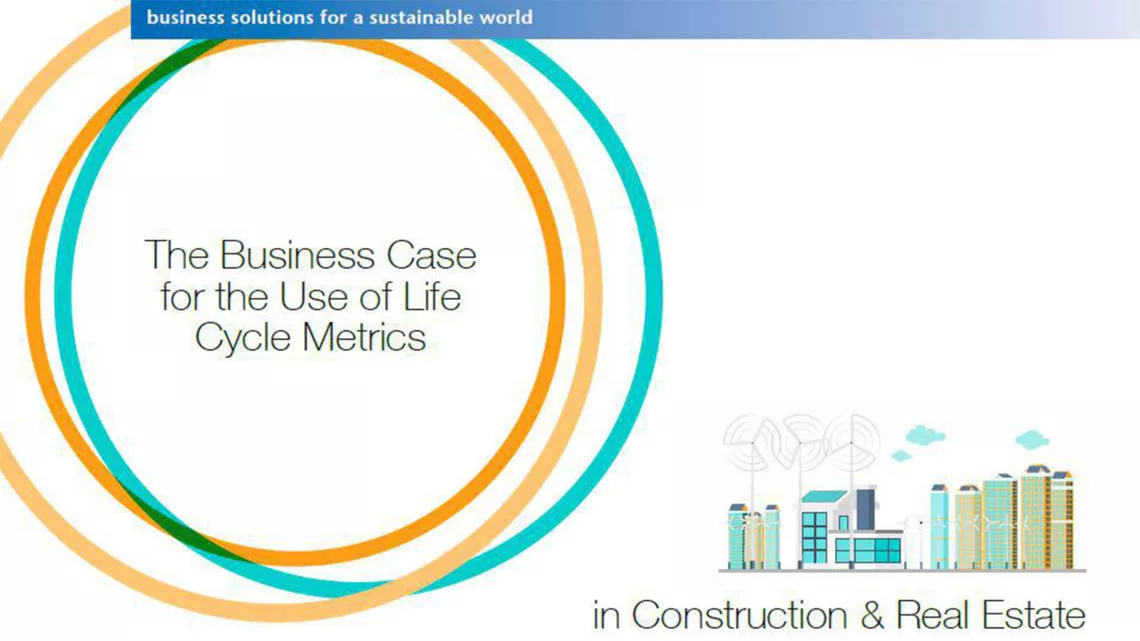
Published
08 November, 2016Type
Case StudyThis study is part of an initiative of WBCSD companies to find a solution to promote the use of life cycle information. By establishing a common language, life cycle information could be used in the decision making model of organizations. The greater goal of the WBCSD is to develop a simple life cycle approach used and referenced by members across the value chain (including its material supply chains).
Life cycle assessment (LCA) aims at assessing environmental impact of a product along its full value chain and in the case of this report we looked at its application for a whole buildings. As a methodology, LCA serves as a practical tool with scientific rigor and follows two international standards ISO 14040 and ISO 14044 (ISO 14040 describes the principles and framework for LCA and 14044 specifies requirements and provides guidelines for LCA). However, there are a number of challenges that inhibit mainstream LCA use. Perceived complexity and resource intensity of conducting LCA, lack of data transparency and trust, data availability, complexity and associated cost, and others all serve as significant barriers.
This report outlines the business case to account for environmental life cycle impacts in the built environment value chain. By conducting an on-line survey and a number of interviews with several key stakeholders the motivation for accounting for environmental life cycle impacts are addressed in this report.
